上 exocrine pancreatic insufficiency in dogs life expectancy 235339
Exocrine pancreatic insufficiency (EPI) is a syndrome caused by insufficient synthesis and secretion of digestive enzymes by the exocrine portion of the pancreas EPI is less common than pancreatitis in both dogs and cats, but it is the second most Exocrine pancreatic insufficiency (EPI) is a syndrome caused by an insufficient amount of pancreatic digestive enzymes in the small intestine Clinical signs most commonly reported in cats with EPI are weight loss, loose and voluminous stools, steatorrhea, polyphagia, and in some cases a greasy soiling of the hair coat in the perianal regionExocrine pancreatic insufficiency ( EPI) is the inability to properly digest food due to a lack of digestive enzymes made by the pancreas EPI is found in humans afflicted with cystic fibrosis and Shwachman–Diamond syndrome, and is common in dogs EPI is caused by a progressive loss of the pancreatic cells that make digestive enzymes;

Epi In Dogs I Love Veterinary
Exocrine pancreatic insufficiency in dogs life expectancy
Exocrine pancreatic insufficiency in dogs life expectancy-Pancreatic acinar atrophy (PAA) is a degenerative disease of the exocrine pancreas and is the most common cause of exocrine pancreatic insufficiency in the German Shepherd DogExocrine pancreatic insufficiency (EPI) is the inability to produce sufficient pancreatic enzymes to digest fats, carbohydrates, and proteins This difficulty in digestion leads to poor absorption of nutrients which commonly causes weight loss despite a normal or increased appetite Affected dogs often have large volumes of pale, fatty feces




Exocrine Pancreatic Insufficiency In Dogs And Cats Veterinary Info
In most cases, exocrine pancreatic insufficiency is the result of an irreversible loss of pancreatic tissue, and a cure is rare However, with appropriate enzyme supplementation and monitoring, dogs with this disorder usually gain weight quickly, pass normal stools, and can live a normal life The exocrine pancreas secretes zymogens and active enzymes that, ultimately, aid in digestion Exocrine pancreatic insufficiency (EPI) is a condition of maldigestion and usually doe not involve the endocrine pancreas In this article, we review the etiologic factors, diagnostic tools, and management recommendations for dogs with EPIChronic pancreatitis is a multifactorial, fibroinflammatory syndrome in which repetitive episodes of pancreatic inflammation lead to extensive fibrotic tissue replacement, resulting in chronic pain, exocrine and endocrine pancreatic insufficiency, reduced quality
Canine exocrine pancreatic insufficiency (EPI) is an alimentary tract disorder causing malabsorption and debilitations in affected individuals This article covers predisposing factors to EPI and response to therapy Although relatively easy to diagnose, knowledge of breed predispositions (and alsoSubscribe for the latest pet news and get recipes from my eBook for FREE http//bitly/33UFaYs Visit our website http//bitly/2KgUY0e Listen to our podcas Exocrine Pancreatic Insufficiency, or EPI, also referred to as Pancreatic Hypoplasia or Pancreatic Acinar Atrophy (PAA), is a disease of maldigestion and malabsorption, which when left untreated eventually leads to starvation One of the major difficulties with this disease is in the prompt and accurate diagnosis
Exocrine pancreatic insufficiency results from an irreversible loss of pancreatic acinar tissue in most cases, and recovery is rare However, with appropriate management and monitoring, these animals usually gain weight quickly, pass normal feces, and can live a normal life for a normal life span The pancreas of the dog is a Vshaped gland located in the cranial abdomen comprising the exocrine (acinar cells) and endocrine (islets of Langerhans) portions The exocrine pancreas secretes digestive enzymes, fluid and bicarbonate in response to food ingestion (Singh et al, 18) Canine exocrine pancreatic insufficiency (EPI) is a digestive disorder resulting fromExocrine Pancreatic Insufficiency in the German Shepherd Dog Exocrine Pancreatic Insufficiency is a common issue with many German Shepherds Yet, while this condition affects a large percentage of GSD's, it can go undetected if the dog's owner is not aware of the signs and symptoms of the disorder




Exocrine Pancreatic Insufficiency In Dogs Vca Animal Hospital



Dogaware Com Articles Epi Exocrine Pancreatic Insufficiency In Dogs
The German Shepherd Dog and RoughCoated Collie are particularly at risk and the mode of inheritance appears to be autosomal recessive (meaning genetic carriers will appear normal) About 70% of dogs with exocrine pancreatic insufficiency are German Shepherd dogs and % are Rough Collies In dogs with exocrine pancreatic insufficiency, the enzymes are neither manufactured nor secreted The pancreas, literally, becomes insufficient in that regard Its exocrine cells are atrophied Unfortunately, symptoms do not appear until some 80 to 95 percent of the cells at issue are destroyed;Dogs with EPI can begin to lead a normal life following treatment However, this is a condition which will require ongoing treatment and observation Preventing it is difficult as it may occur at any age However, if you know your female dog has Exocrine Pancreatic Insufficiency you should not allow her to have puppies
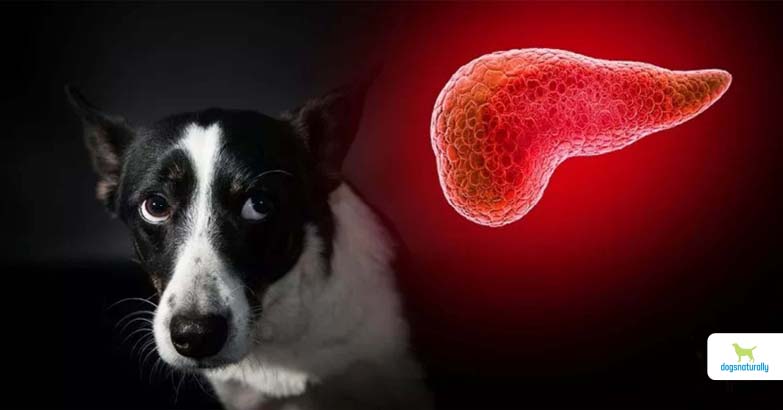



Pancreatitis In Dogs When It S An Emergency Dogs Naturally
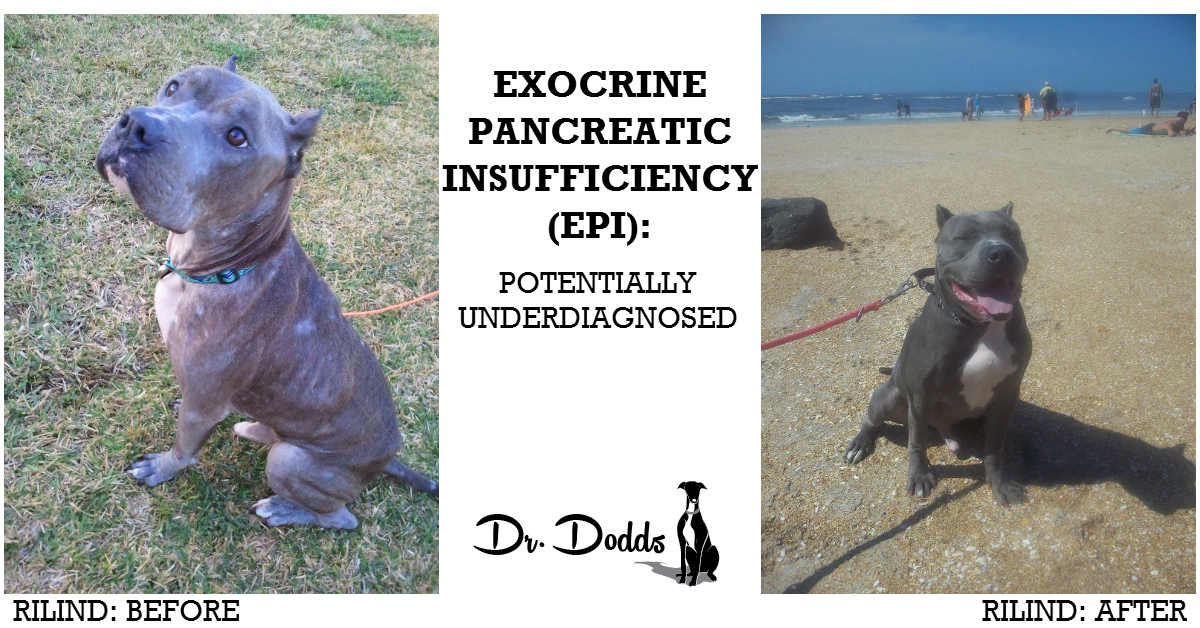



Dr Jean Dodds Pet Health Resource Blog Exocrine Pancreatic Insufficiency In Dogs And Cats
This overview summarizes research performed during the last decades that has had an impact on the diagnosis and management of exocrine pancreatic insufficiency (EPI) in dogs Pancreatic acinar atrophy is by far the most common cause for the maldigestion signs of canine EPI The ability to diagnose pThe mechanisms and management of CPassociated pain are discussed in detail in other articles within this issue Managing Diabetic Dogs with Exocrine Pancreatic Insufficiency My problem patient is a 9year old, female spayed Yorkie with concurrent exocrine pancreatic insufficiency (EPI) and diabetes mellitus The stools, which had been very large and odoriferous, are smaller and not as smelly now that we have started the pancreatic enzyme replacement therapy




Pdf Exocrine Pancreatic Insufficiency In Canines An Update




Symptoms Of Pancreatic Cancer In Dogs Atlantic Coast Vet Blog Long Island Veterinary Oncologist
Loss of digestive enzymes leads to maldigestion Exocrine pancreatic insufficiency (EPI) occurs when the pancreas doesn't make enough enzymes to break down food Enzyme supplements can treat EPI People with EPI have higher rates of cancer, heart disease, and malnutrition, which can affect life expectancy Core tip Exocrine pancreatic insufficiency (EPI) results from primary pancreatic diseases or secondarily impaired exocrine pancreatic function Pancreatic enzyme replacement therapy (PERT) may prevent serious nutritional complications when such patients have symptomatic EPI However, EPI may be more prevalent in patients with nonpancreatic diseases, diabetes,




Exocrine Pancreatic Insufficiency In Dogs Clinician S Brief




Exocrine Pancreatic Insufficiency Epi
Benign tumors can be removed or partially removed but tend to grow back Life expectancy for dogs with endocrine pancreatic tumors is generally less than a year but may extend up to 1618 months Read more Video answer Exocrine pancreatic insufficiency (epi) in dogs What causes elevated pancreatic enzymes in dogs symptoms?The end stage of CP is characterized by multiple complications including pain, pancreatic insufficiency (endocrine and/or exocrine), metabolic bone disease, and pancreatic ductal adenocarcinoma (PDAC);Exocrine pancreatic insufficiency (EPI) is a condition in which the pancreas no longer produces adequate amounts of digestive enzymes This usually will not occur until more than 90% of the exocrine pancreas has become nonfunctional Most cases in dogs are caused by pancreatic acinar atrophy, though some may also develop because of chronic pancreatitis




Exocrine Pancreatic Insufficiency In Dogs Clinician S Brief




Symptoms Of Exocrine Pancreatic Insufficiency In Dogs Causes And Treatment
Even though your dog may be constantly eating, he is getting no nourishment at all from the food Due to the lack of cellular functioning within the pancreas to produce enzymes to break down your dog's food for absorption, your dog risks starving This condition is EPI is not able to be treated as it involves irreversible damage to the pancreas A dog diagnosed with EPI will require lifelong management With appropriate management, dogs can live normal lives and have a normal life expectancy Once EPI is diagnosed it can be easily managed with the addition of digestive enzymes to meals Treatment of exocrine pancreatic insufficiency is both easy and highly effective Digestive enzymes are administered as either a tablet or a powdered form mixed in the food Most veterinarians feel the powdered form is a little more effective, but both work well Treatment is usually lifelong, and failure to respond to treatment is rare




Exocrine Pancreatic Insufficiency Maldigestion Hunger And Weight Loss
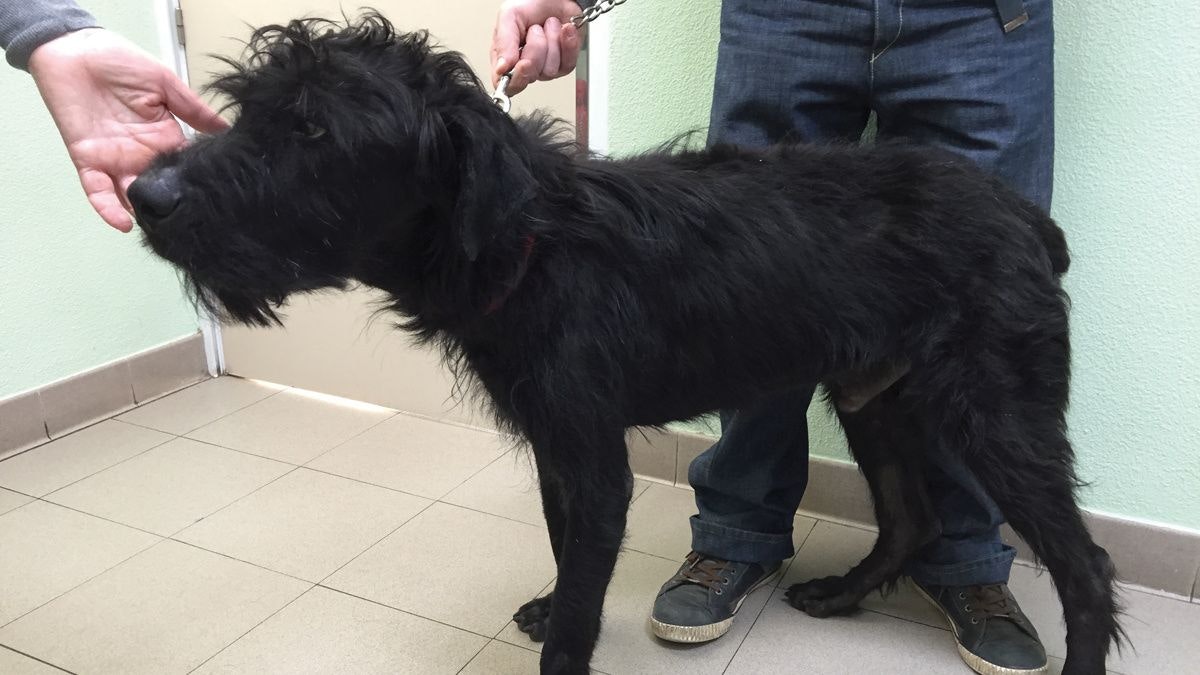



Exocrine Pancreatic Insufficiency In Dogs Vet Focus
Exocrine pancreatic insufficiency (EPI) is a digestive disorder resulting from the insufficient secretion of enzymes from the pancreas In dogs, this condition is often attributed to pancreatic acinar atrophy, wherein the enzymeproducing acinar cells are believed to be destroyed through an autoimmune process Exocrine Pancreatic Insufficiency, or EPI, also referred to as Pancreatic Hypoplasia or Pancreatic Acinar Atrophy (PAA), is a disease of maldigestion and malabsorption, which when left untreated eventually leads to starvation One of the major difficulties with this disease is in the prompt and accurate diagnosisExocrine pancreatic insufficiency (EPI) causes problems in how you digest food Your pancreas doesn't make enough of the enzymes that your body needs to break down and absorb nutrients



Epi Stool Human



Pancreatic
Exocrine Pancreatic Insufficiency occurs when the pancreas produces insufficient quantities of digestive enzymes These enzymes are secreted into the digestive system of your cat, allowing for food to be broken down into micronutrients, which provide important support forThe most common cause of exocrine pancreatic insufficiency in dogs is chronic acinar atrophy, and second is chronic pancreatitis In the case of cats, the latter is more common Other causes of exocrine pancreatic insufficiency in dogs are tumors of the pancreas or outside of it that cause an obstruction in the pancreatic ductExocrine Pancreatic Insufficiency (EPI) is a condition in which the pet is unable to produce sufficient pancreatic enzymes The lack of enzymes inhibits the digestions of fats, carbohydrates and proteins and the resulting malabsorption of nutrients often causes weight loss in the pet




Small Intestinal Bacterial Overgrowth Sibo And Pancreatic Insufficiency Petmd



1
It is detected late in the gameThe most common symptoms include Weight loss Chronic diarrhea (may include foulsmelling, yellowish, greasy stools from cowpie to watery consistency) Ravenous appetite Coprophagia (stool eating) and pica (eating nonfood items) Failure to gain weight or thriveDogs symptoms dogs causes




Enzyme Replacement Therapy For Epi Petmd




Exocrine Pancreatic Insufficiency In Dogs And Cats Veterinary Info
Exocrine pancreatic insufficiency (EPI) is defined by a deficiency of exocrine pancreatic enzymes resulting in an inability to maintain normal digestion This inadequate digestion with nutrient and, especially, fat malabsorption occurs when intraduodenal levels of lipase fall below 5–10% of normal enzyme output 1 , leading to pancreatic Type 1 diabetes mellitus, requiring your dog to take insulin for life Exocrine pancreatic insufficiency (EPI), needing a pancreatic enzyme extract at every meal (Plant or fungalbased digestive enzymes are usually not enough atExocrine Pancreatic Insufficiency (EPI) is the inability of the acinar cells of the exocrine pancreas to produce and secrete the 3 necessary enzymes needed to digest food In easy terms the pancreas stops producing the enzymes needed to absorb the goodness from food The three enzymes are Amylase for digestion of carbohydrates (sugars and




What Should You Do If Your Dog Is Suffering From Pancreatic Insufficiency Petcarerx




Epi In Dogs I Love Veterinary
Exocrine pancreatic insufficiency is a digestive disorder involving the pancreas and the enzymes it produces Enzymes are chemicals released to bring about a specific chemical reaction, and theExocrine pancreatic insufficiency (EPI) is the inability to produce sufficient pancreatic enzymes for digestion When dogs have this disorder, the proteins, starches, and fats found in their diet cannot be broken down into small enough pieces that allow them to Exocrine pancreatic insufficiency or EPI is a term that describes a condition in which a person's pancreas is unable to produce and/or secrete normal levels of enzymes into the gastrointestinal track resulting in the inability of the person to digest and thus absorb some fats, vitamins, and minerals from foods (maldigestion) The exocrine (secreted) enzymes made by the



Savma S The Vet Gazette Main Canine Exocrine Pancreatic Insufficiency A Challenging Condition




Signs Treatment Of Exocrine Pancreatic Insufficiency In Pets Firstvet




Exocrine Pancreatic Insufficiency Maldigestion Disorder In Dogs What S The Best Home Remedy Or Vitamin Treatment Petcoach




Exocrine Pancreatic Insufficiency In Dogs Whole Dog Journal




5 Signs Of Exocrine Pancreatic Insufficiency In Dogs Lovetoknow



Dogaware Com Articles Epi Exocrine Pancreatic Insufficiency In Dogs




Exocrine Pancreatic Insufficiency Life Expectancy




Exocrine Pancreatic Insufficiency In Dogs Symptoms Causes Diagnosis Treatment Recovery Management Cost




Epi In Dogs I Love Veterinary




Exocrine Pancreatic Insufficiency Epi




Exocrine Pancreatic Insufficiency In Dogs Vca Animal Hospital
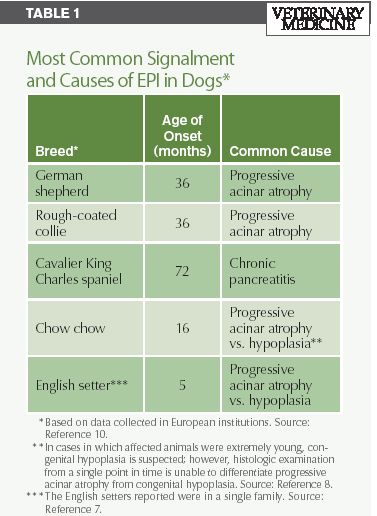



A Quick Review Of Canine Exocrine Pancreatic Insufficiency




Exocrine Pancreatic Insufficiency Epi German Shepherd Rescue Scotland Dogs German Shepherd Rescue German Shepherd




Exocrine Pancreatic Insufficiency Petcoach




Epi In Dogs I Love Veterinary




Exocrine Pancreatic Insufficiency Epi In Dogs And Cats Youtube




Exocrine Pancreatic Insufficiency In Dogs Clinician S Brief




Exocrine Pancreatic Insufficiency In Dogs Clinician S Brief




Managing Exocrine Pancreatic Insufficiency Epi As You Age Everyday Health




Pdf Exocrine Pancreatic Insufficiency In The Cat Semantic Scholar




Pancreatitis In Dogs Symptoms Causes And Treatment Petmd




Exocrine Pancreatic Insufficiency In Dogs Symptoms Causes Diagnosis Treatment Recovery Management Cost




Epi In Dogs I Love Veterinary
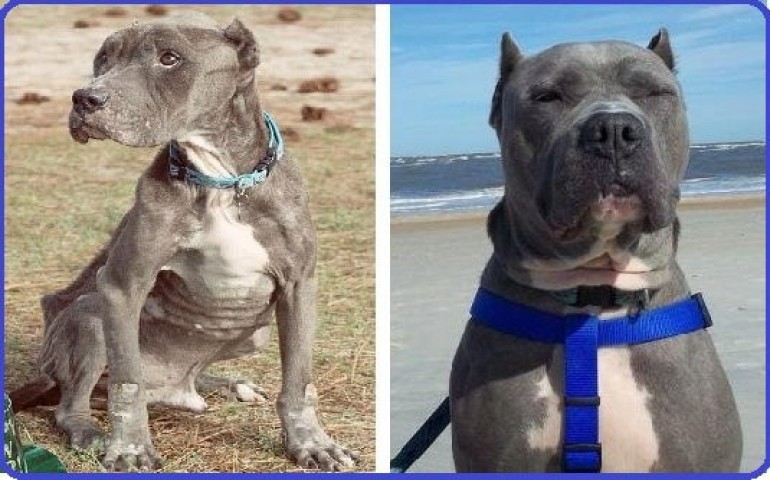



Cessna Lifeline Exocrine Pancreatic Insufficiency



My Dog Is Ravenously Hungry All The Time And Eats Like A Beast But Is As Thin As A Rake Birnam Veterinary Clinic




Pancreatic Insufficiency




Symptoms Of Exocrine Pancreatic Insufficiency In Dogs Causes And Treatment




8 Exocrine Pancreatic Insufficiency Ideas Pancreatic Dogs German Shepherd




Exocrine Pancreatic Insufficiency Life Expectancy




Visiting Vet Exocrine Pancreatic Insufficiency The Martha S Vineyard Times



Epi Dog Poop




Epi In Dogs I Love Veterinary
/exocrine-pancreatic-insufficiency-4177936-821-618578bea845406fa96c78167aff8657.png)



Exocrine Pancreatic Insufficiency Symptoms Causes And Diagnosis



Exocrine Pancreatic Insufficiency Ivis




Learn About The Chow Chow Dog Breed From A Trusted Veterinarian




Pancreatic Enzyme Replacement In Dogs Conditions Treated Procedure Efficacy Recovery Cost Considerations Prevention




What You Need To Know About Epi By Xennariel Creatures
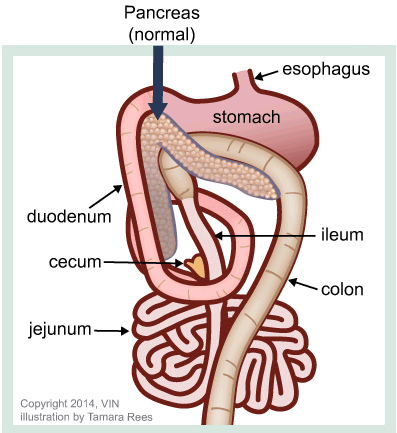



Exocrine Pancreatic Insufficiency Mar Vista Animal Medical Center




Health Epi




How To Diagnose Exocrine Pancreatic Insufficiency How To




Epi4dogs Homepage Managing Epi Non Profit Educational Resource Forum




Exocrine Pancreatic Insufficiency Wikipedia




Pancreatitis In Cats Vca Animal Hospital



Exocrine Pancreatic Insufficiency Fetch




Exocrine Pancreatic Insufficiency Life Expectancy




Epi In Dogs I Love Veterinary




Exocrine Pancreatic Insufficiency In Dogs Whole Dog Journal




Pancreatic Insufficiency




Homevet How Can I Manage My Dog S Pancreatic Insufficiency




Exocrine Pancreatic Insufficiency In Dogs Tuftsyourdog




Epi4dogs Homepage Managing Epi Non Profit Educational Resource Forum




Pdf Feline Exocrine Pancreatic Insufficiency A Retrospective Study Of 150 Cases




Epi In Dogs I Love Veterinary




Pancreatitis In Dogs Treatment And Prognosis




Epi In Dogs Exocrine Pancreatic Insufficiency In Dogs Petmd




Vitamin B12 Supplementation In Pets With Epi Petmd




Exocrine Pancreatic Insufficiency In Dogs And Cats Veterinary Partner Vin




What Is Exocrine Pancreatic Insufficiency Everyday Health
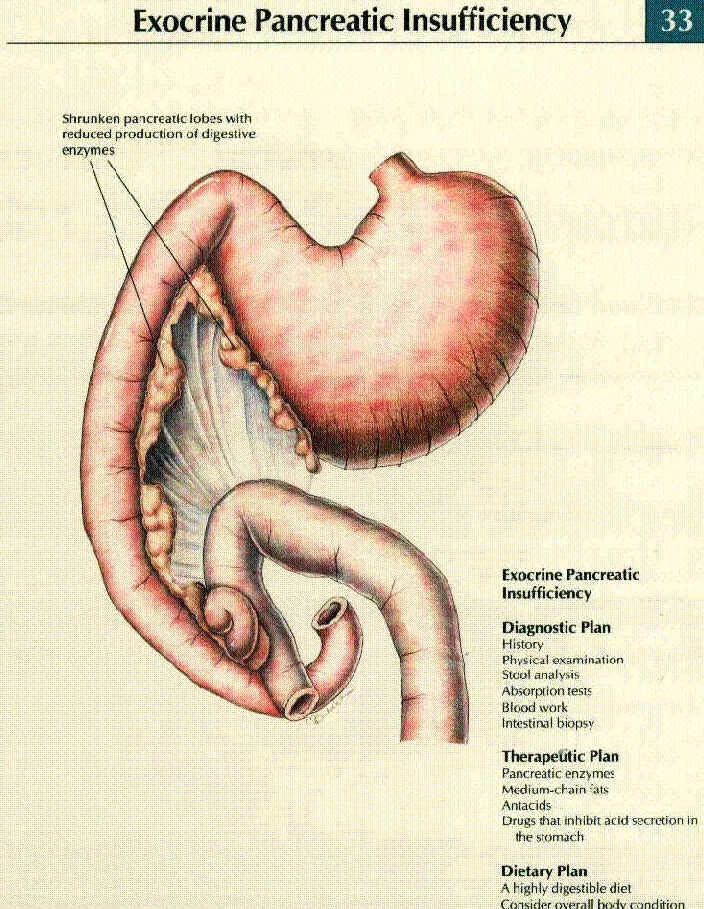



Exocrine Pancreatic Insufficiency Canine Diabetes Wiki Fandom
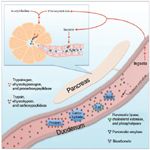



A Quick Review Of Canine Exocrine Pancreatic Insufficiency




Epi In German Shepherds What You Need To Know




Exocrine Pancreatic Insufficiency Epi




Pdf Exocrine Pancreatic Insufficiency In The Cat Semantic Scholar




Exocrine Pancreatic Insufficiency Life Expectancy




Symptoms Of Exocrine Pancreatic Insufficiency In Dogs Causes And Treatment




Epi The Wasting Disease That Many Vets Overlook




German Shepherd Exocrine Pancreatic Insufficiency Ufaw




Exocrine Pancreatic Insufficiency In Dogs And Cats Online Support For Veterinarians And Owners Semantic Scholar




How To Feed A Raw Fed Dog With Epi Keep The Tail Wagging



Dog Exocrine Pancreatic Insufficiency Epi Vetdepot Com




Exocrine Pancreatic Insufficiency Epi In Dogs




Exocrine Pancreatic Insufficiency Epi In Dogs Youtube




Pancreatitis In Dogs Causes Symptoms Treatment Pure Pet Food




Symptoms Of Exocrine Pancreatic Insufficiency In Dogs Causes And Treatment



Exocrine Pancreatic Insufficiency Ivis




Pdf Exocrine Pancreatic Insufficiency In Dogs




Exocrine Pancreatic Insufficiency Maldigestion Hunger And Weight Loss




Exocrine Pancreatic Insufficiency Maldigestion Hunger And Weight Loss




Symptoms Of Exocrine Pancreatic Insufficiency In Dogs Causes And Treatment




Pancreatitis In Dogs Symptoms Causes And More Caninejournal Com




Exocrine Pancreatic Insufficiency Life Expectancy




Exocrine Pancreatic Insufficiency In Dogs Veterinary Practice




Exocrine Pancreatic Insufficiency Epi And The Cavalier King Charles Spaniel




Exocrine Pancreatic Insufficiency In Dogs Youtube
コメント
コメントを投稿